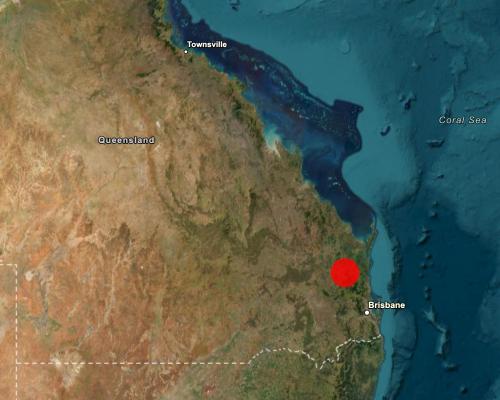
The Reserve Bank has delivered a much-anticipated rate cut, even as it warned Australians to brace for lower growth and wages in the future thanks to weaker productivity growth.
The RBA’s monetary policy board voted unanimously to drop the official cash rate target to 3.6%, from 3.85%.
Once lenders pass on the relief to their borrowers, the third rate cut of the year will deliver somebody with a $500,000 mortgage a further $74 off their monthly interest payments, according to Canstar, bringing the total drop to $272.
But tempering the welcome development for more than three million mortgaged households was a downbeat new economic outlook that predicted “persistently” lower productivity growth than previously expected.
In its latest quarterly economic outlook, the central bank confirmed inflation remained on track to hit the middle of the bank’s 2-3% legislated target in two years’ time.
In a statement that will further raise the stakes for the Albanese government ahead of Labor’s three-day economic reform roundtable from next Tuesday, the RBA also slashed its forecasts for longer-term productivity growth from 1% to 0.7%.
Weaker-than expected national productivity flowed through to an about $30bn downgrade to economic growth over the coming two years, with the country’s trend economic growth rate lowered from 2.2-2.3%, to just 2%.
The new forecasts show lower productivity growth also flowing through to lower wages growth, with the RBA predicting average earnings per hour, after inflation, would grow by 0.7% in the year to June 2027, versus a previous estimate of 1%.
Jim Chalmers has made finding ways to boost productivity a key commitment for the government’s second term, and the RBA estimates show Australians’ real incomes will grow more slowly than previously thought over coming years.
In its Statement on Monetary Policy, the RBA said “for some time, our forecasts have implicitly assumed that productivity growth was temporarily weak and would gradually return to, and be sustained at, higher historical growth rates”.
The central bank’s economists conceded they have been too optimistic about the prospect for a productivity reversal, and that the problems were “persistent”.
“There is a risk that our new trend productivity assumption remains too optimistic,” the RBA said.
The bank offered some hope that productivity could improve.
“There is also scope for some transitory boost … if the fundamental drivers of productivity become more favourable, such as faster adoption of technologies like AI or increased economic dynamism.”
The sweeping slowdown in growth rates would make it impossible for Australians to keep spending at the rate the RBA had expected without fuelling an inflation outbreak, the bank warned.
However, it acknowledged the new pessimistic assumptions may instead have brought the RBA in line with the expectations of households and businesses.
Rising household incomes had been saved, rather than spent, at a higher rate than expected in 2025, which the bank said could be a sign workers were already coming to terms with lower real wage growth in future.
“This could reflect an increase in precautionary savings motives as the persistence of weakness in real income growth has become more apparent over time,” the statement read.
“We think households and businesses have already implicitly adjusted to persistently lower growth in productivity, incomes and revenues.”





